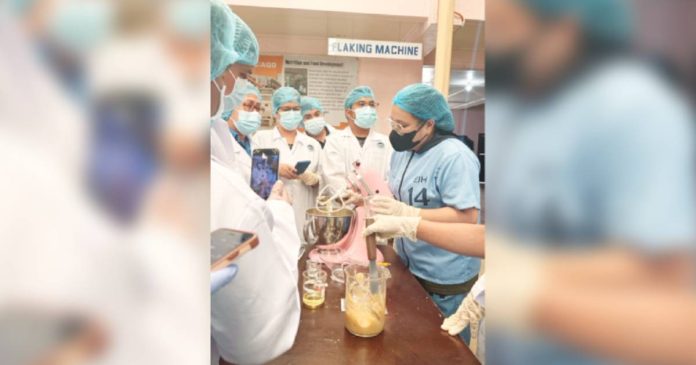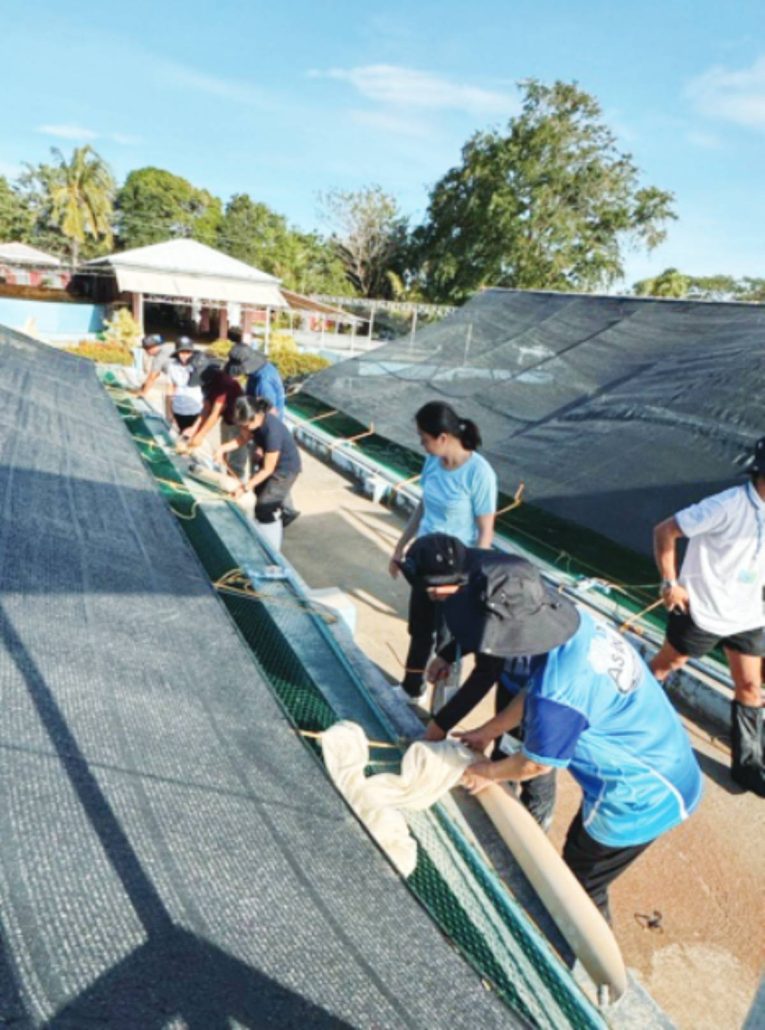
ANOTHER batch of personnel from the Bureau of Fisheries and Aquatic Resources (BFAR) trained at SEAFDEC/AQD on milkfish aquaculture from March 17 to 28, 2025 as part of the Philippines’ push to boost local production.
The 12-day program gathered 14 personnel from various BFAR offices and facilities, including the Central Office and regional offices from Regions 3 (Central Luzon), 10 (Northern Mindanao), 11 (Davao), 12 (Soccsksargen), and 13 (Caraga).
At the opening program, BFAR-3 Director Wilfredo Cruz emphasized the importance of a skilled workforce to support the National Bangus Development Program (NBDP) of the Philippines.
“With this training, I hope we can reach our target and make the country self-sufficient in fry production,” he told the trainees.
Intensive training
Throughout the training course, SEAFDEC/AQD’s specialists delivered lectures on topics such as milkfish biology, broodstock management, hatchery design, natural food culture, biosecurity protocols, brackishwater nursery management, pond site selection and preparation, milkfish grow-out culture, fish diseases, and feed formulation.

Other than lectures, trainees engaged in hands-on activities, like larval rearing tank setup, plankton identification, and milkfish fry harvesting, packing, and transport.
These sessions were conducted across SEAFDEC/AQD facilities at its Tigbauan Main Station and Dumangas Brackishwater Station, both in Iloilo, and Igang Marine Station in Guimaras.
“Although the training duration was short, it covered the important and critical days in milkfish larval rearing. The lessons and hatchery practices were backed up by research. I recommend SEAFDEC to anyone looking to pursue training in aquaculture,” shared Grace Abdala, one of the trainees who hails from the BFAR Central Office.
SEAFDEC Chief: Rise to the challenge
SEAFDEC/AQD Chief Dan Baliao highlighted the crucial role of training in advancing the Philippines’ aquaculture sector.
“Training equips individuals with the necessary tools and techniques to address the evolving challenges of aquaculture,” he said during the closing ceremony. “My challenge for you is to give your best, stand out from our Southeast Asian neighbors, and make the country’s milkfish industry a formidable one.”
On the other hand, BFAR-6 Director Remia Aparri challenged the trainees to apply what they had learned in SEAFDEC to their respective regions.
“Let us work together to optimize our resources and create a more resilient aquaculture sector,” she urged.
The trainees were the last of three batches of BFAR staff trained under the Philippines’ NBDP to reduce reliance on imported milkfish seed. The first batch of 12 trainees completed their course from September 30 to October 11, 2024, while the second batch of 13 trained from October 14 to 25, 2024.







